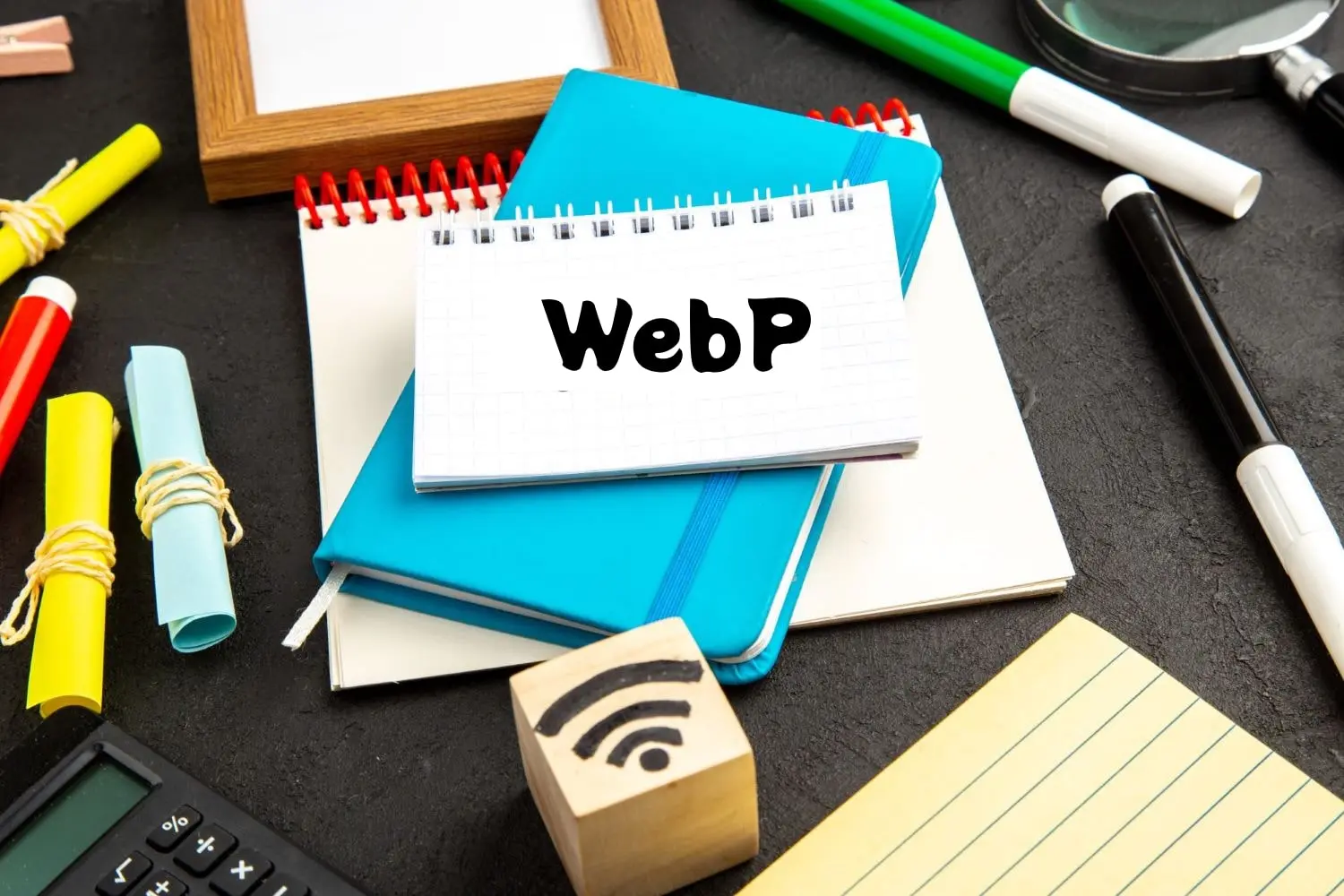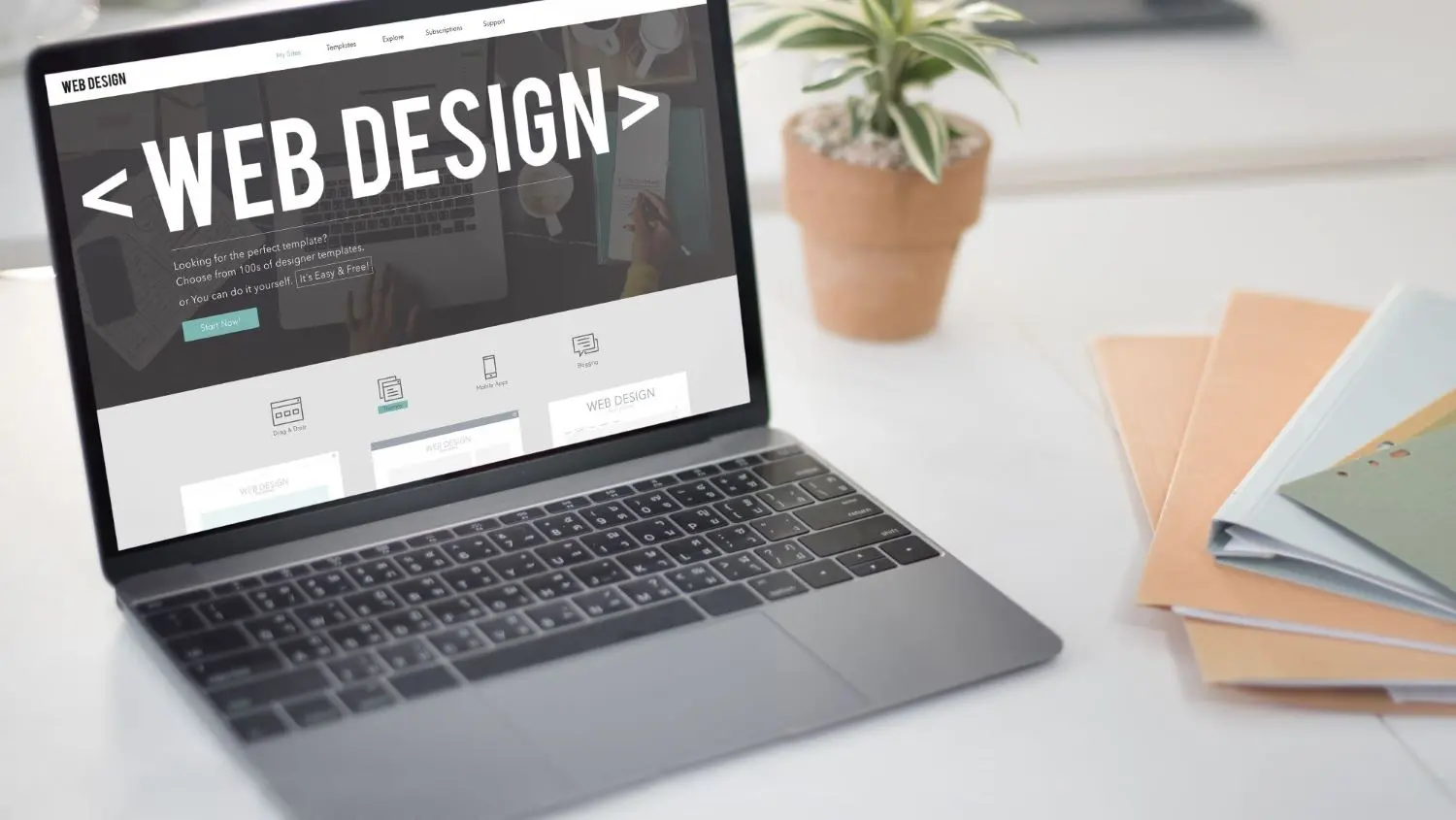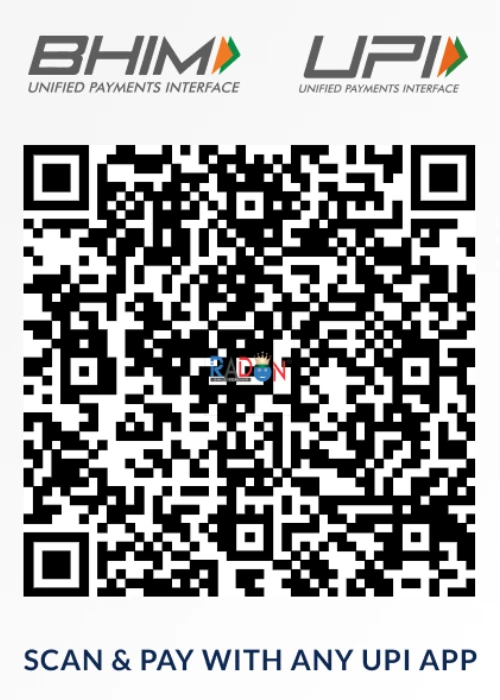
The Power of WebP Images: Enhancing Website Performance and Quality

In the dynamic world of web design and optimization, the choice of image format plays a pivotal role in determining a website’s performance, user experience, and loading speed. Among the plethora of image formats available, WebP has emerged as a game-changer, offering several compelling advantages over traditional formats like JPEG, PNG, and GIF. Let’s delve into why WebP images are increasingly becoming the go-to choice for web developers and designers.
1. Superior Compression Efficiency:
WebP employs state-of-the-art compression techniques, resulting in significantly smaller file sizes without compromising image quality. This efficient compression translates to faster loading times, reducing bandwidth usage and enhancing website performance, especially on mobile devices and in regions with slower internet connections.
2. Quality Retention with Lossy and Lossless Options:
WebP supports both lossy and lossless compression. Lossy WebP images achieve impressive compression ratios while maintaining high visual quality, making them ideal for photographs and complex images. On the other hand, lossless WebP preserves image quality without sacrificing any visual information, making it suitable for graphics, logos, and illustrations.
3. Transparency and Animation Capabilities:
Unlike JPEG, WebP supports transparency, allowing for the creation of images with transparent backgrounds, much like PNG. Moreover, WebP supports animation, offering a more efficient alternative to GIFs for animated content on websites. This feature enables smoother animations with smaller file sizes, enhancing user engagement without compromising page load times.
4. Browser Compatibility and Support:
WebP is supported by major web browsers like Google Chrome, Mozilla Firefox, Microsoft Edge, and Opera. Additionally, there are ways to provide fallbacks for browsers that do not support WebP, ensuring a consistent experience across different platforms.
5. Improved SEO and Page Ranking:
With faster-loading pages due to smaller image sizes, websites using WebP images tend to have better performance metrics, which can positively impact search engine optimization (SEO). Search engines like Google prioritize faster websites, potentially boosting the site’s ranking in search results.
6. Future-Ready Format with Ongoing Development:
Developed by Google, WebP continues to undergo improvements and advancements. Its evolution includes ongoing updates for better compression algorithms and features, making it a future-ready image format that aligns with the evolving needs of web development.
Conclusion:
In conclusion, WebP images offer a compelling array of benefits that significantly contribute to optimizing website performance, enhancing user experience, and improving SEO. Embracing WebP can be a strategic move for web developers and designers aiming to create visually appealing websites with faster load times and lower bandwidth consumption.
By harnessing the power of WebP, websites can strike the perfect balance between image quality and performance, ultimately delivering an exceptional browsing experience for users across various devices and network conditions.
Make the switch to WebP and witness the transformative impact on your website’s speed, efficiency, and overall user satisfaction!
Search
Recent Posts


Why WhatsApp Marketing is Essential Nowadays




The Power of WebP Images: Enhancing Website Performance and Quality
Categories
- Blog
Have A Project In Mind? Let's Get To Work
Whatever may be your requirement – be it a simple website design, an eCommerce website, a logo and brand identity design, or a full-fledged digital marketing campaign – we have a solution for you.
Ready to Transform
Your Digital Presence?
Unlock the potential of your business with Radon Group®. Whether you’re looking to revamp your website, enhance your online marketing, or explore franchise opportunities, we’re here to help you succeed.
- India
- UAE
About Us
Radon Group® is known for its creative and unique designing skills. We aim to convert outstanding ideas into realistic output.
Copyright © 2017 – 2025 Radon Group® | All Rights Reserved.
